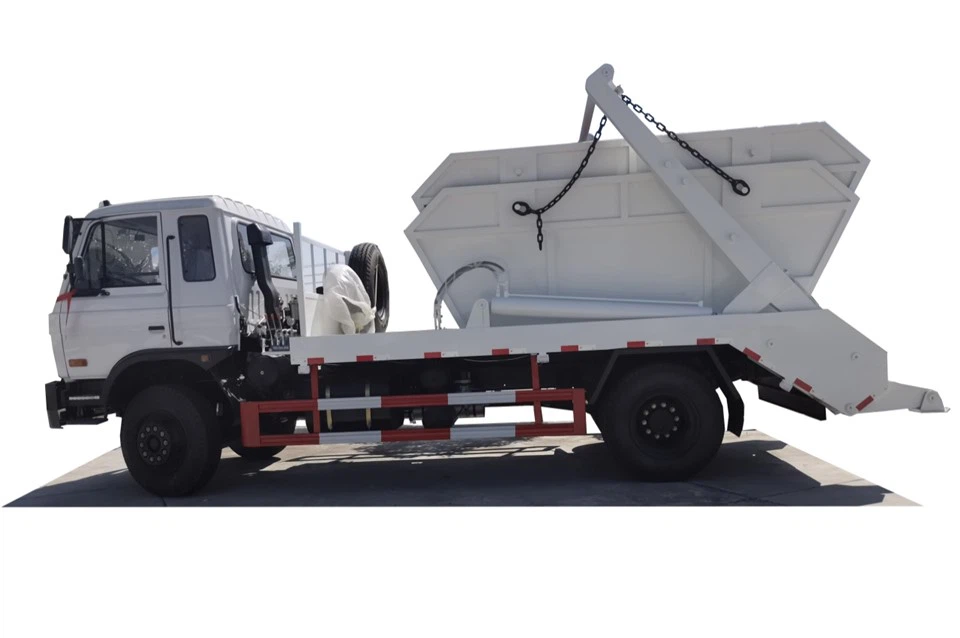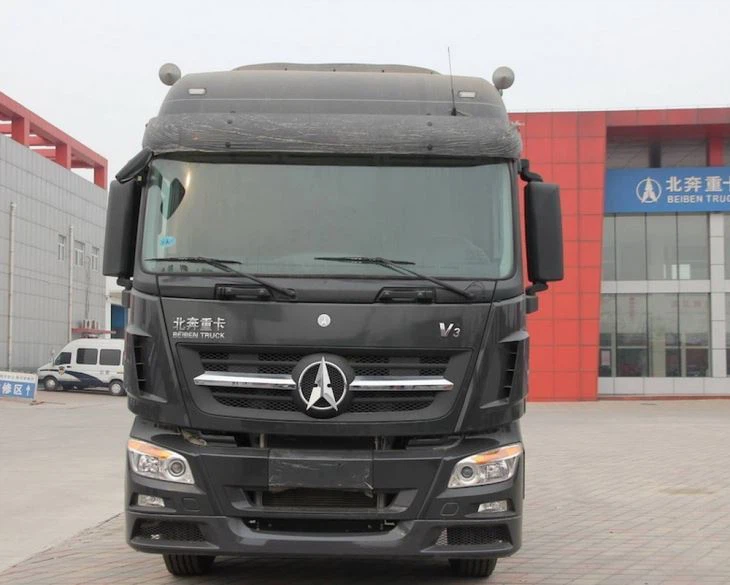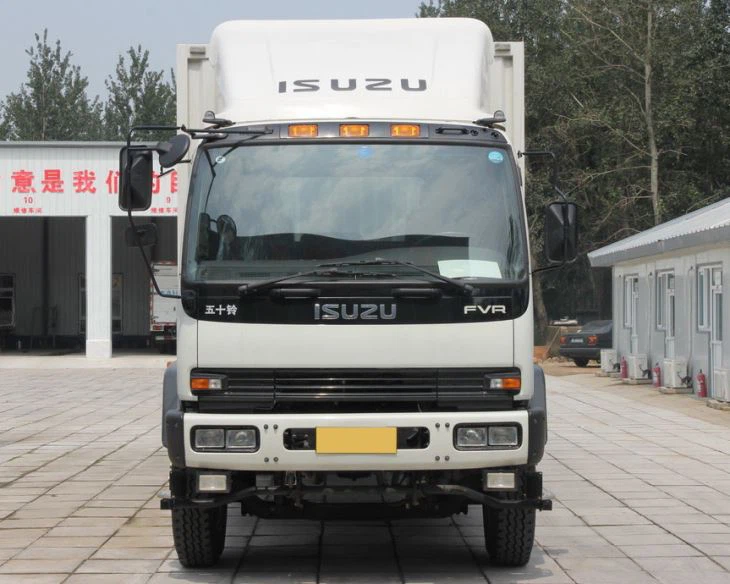Labrie Automizer: Revolutionizing Waste Management Solutions

The Labrie Automizer is a cutting-edge piece of equipment within the waste management industry, designed to optimize efficiency and effectiveness in municipal refuse collection. Whether you are a waste management professional or a local government official, understanding the capabilities, advantages, and operational procedures of the Labrie Automizer is crucial. This article delves into the features, benefits, comparisons with traditional methods, and user tips, ensuring a comprehensive understanding of this innovative tool.
Understanding the Labrie Automizer
What is the Labrie Automizer?
The Labrie Automizer is an advanced refuse collection vehicle designed for municipalities. Its efficiency stems from automation and ergonomic design, facilitating quicker and safer garbage collection processes. With its automated features, the Labrie Automizer aims to reduce the physical strain on workers while boosting overall productivity.
Key Features
- Automated Lifting Mechanism: The Automizer is equipped with an automated lifting mechanism that allows for easy and efficient dumping of bins without manual labor.
- Compact Design: Its compact design makes it maneuverable in tight urban spaces, ensuring waste collection is not hindered by narrow streets or heavy traffic.
- Large Capacity: The vehicle is designed to hold a significant amount of waste, minimizing the number of trips required to disposal sites.
- Eco-Friendly Technology: The Automizer incorporates eco-friendly technologies, reducing emissions and noise pollution compared to traditional refuse collection trucks.
Benefits of Using Labrie Automizer
Enhanced Efficiency
The Labrie Automizer significantly enhances collection efficiency. Its automated features allow for faster pick-up times, and operators can manage routes more effectively. Municipalities that use the Automizer report increased daily collection volumes due to these efficiencies.
Improved Operator Safety
With features designed to minimize manual handling, the Labrie Automizer reduces the risk of injuries among waste management workers. Operators can work from a secure cab without needing to leave their seats, making the process safer and more comfortable.
Cost-Effective Waste Management
Although the initial investment may be higher than traditional vehicles, the long-term savings in labor costs, fuel efficiency, and maintenance often result in a lower overall cost of ownership. Many municipalities have reported a significant return on investment after the adoption of the Labrie Automizer.
Case Study: City of Parkview
The City of Parkview recently adopted the Labrie Automizer and recorded a 30% increase in operational efficiency in just three months. Labor costs decreased significantly due to the reduced need for additional staff during peak collection times.
Operational Procedures
Getting Started with the Labrie Automizer
Pre-Operation Checks
- Inspect hydraulic systems for leaks.
- Check fluid levels including oil and coolant.
- Ensure that all safety equipment is functional.
Daily Operations
- Begin the route by reviewing the collection schedule.
- Utilize the automated system to lift bins to the collection height.
- Monitor any alerts or system messages during operation.
Maintenance Tips
Regular maintenance is crucial for optimal operation. Here are some tips:
- Schedule routine inspections to address any potential issues before they escalate.
- Keep the hydraulic systems well-maintained to ensure lifting mechanisms function properly.
- Wash the vehicle regularly to prevent corrosion and prolong its lifespan.
Comparing Labrie Automizer with Traditional Methods
Labor Intensity
Traditional waste collection methods often require multiple crew members for efficient operation. The Labrie Automizer, in contrast, requires fewer personnel, allowing for optimal use of human resources without compromising performance.
Environmental Impact
With advancements in technology, the Labrie Automizer aims to reduce carbon emissions compared to older models, aligning with many municipalities’ goals to create a more sustainable waste management system.
Table: Comparison of Labrie Automizer vs Traditional Trucks
| Feature | Labrie Automizer | Traditional Trucks |
|---|---|---|
| Labor Requirements | Lower | Higher |
| Environmental Emission | Reduced | Higher |
| Collection Efficiency | Higher | Standard |
Real-World Applications
Municipalities and Their Experiences
Case Study: A Town Implementing Labrie Automizer
The town of Elmcity decided to implement the Labrie Automizer after experiencing challenges with their waste collection efficiency. Post-implementation, they reported a 40% reduction in missed collections and enhanced resident satisfaction. Their annual waste management costs decreased significantly, allowing them to allocate funds to other community projects.
Usage in Special Events
During large public events, the Labrie Automizer proves invaluable. Its quick turnaround and effective collection capabilities address the surge in waste generation during such occasions, ensuring cleanliness and reducing public health risks.
Challenges and Considerations
Initial Investment Cost
Though the long-term savings may outweigh the initial investment, municipalities must consider upfront costs and budget constraints. Careful planning and potential financing options must be evaluated.
Training Requirements
Operators will require training to adapt to the automated features of the Labrie Automizer. Investing in training ensures safety and maximizes the vehicle’s potential.
Future Developments and Trends
Innovations in Waste Management
As technology evolves, so will vehicles like the Labrie Automizer. Future developments may include enhanced automation features, improved navigation systems, and further eco-friendly modifications.
Automated Route Planning
Integration with data analytics for smart route planning could further increase efficiency. Utilizing real-time data to optimize collection routes will become increasingly important in the evolving waste management landscape.
Frequently Asked Questions (FAQ)
What is the lifespan of a Labrie Automizer?
The expected lifespan of a Labrie Automizer is typically around 10 to 15 years, depending on maintenance and usage patterns.

How does the Labrie Automizer improve safety for workers?
By minimizing manual labor and allowing operators to control the vehicle securely from the cab, the Automizer reduces exposure to hazardous environments and potential injuries.
Can the Labrie Automizer handle different types of waste?

Yes, the Labrie Automizer is designed to handle various types of waste, including household refuse, recyclables, and yard debris.
What kind of training is needed for operators?

Operators will need training on the vehicle’s automated systems, safety protocols, and effective route management to ensure smooth operations.
Are there financing options available for municipalities?
Many manufacturers offer financing options or partnerships with municipal funding bodies to facilitate the purchase of vehicles like the Labrie Automizer.
What maintenance is required for the Labrie Automizer?
Regular maintenance includes hydraulic system checks, fluid level inspections, and routine cleaning to prevent corrosion.
